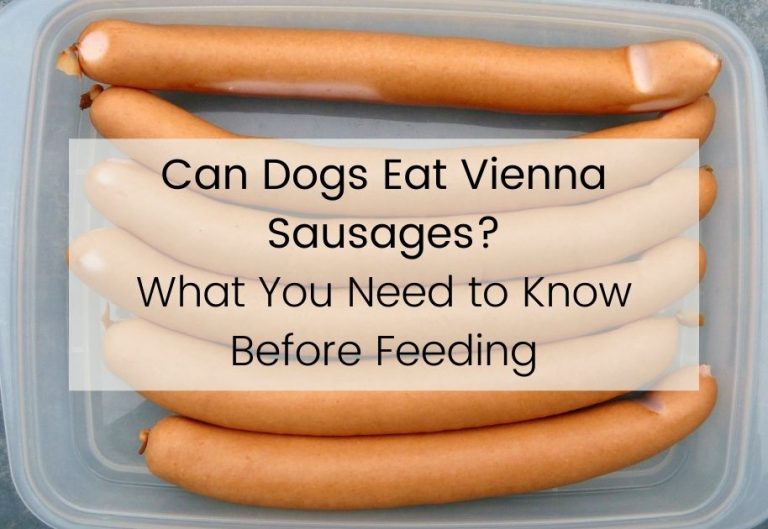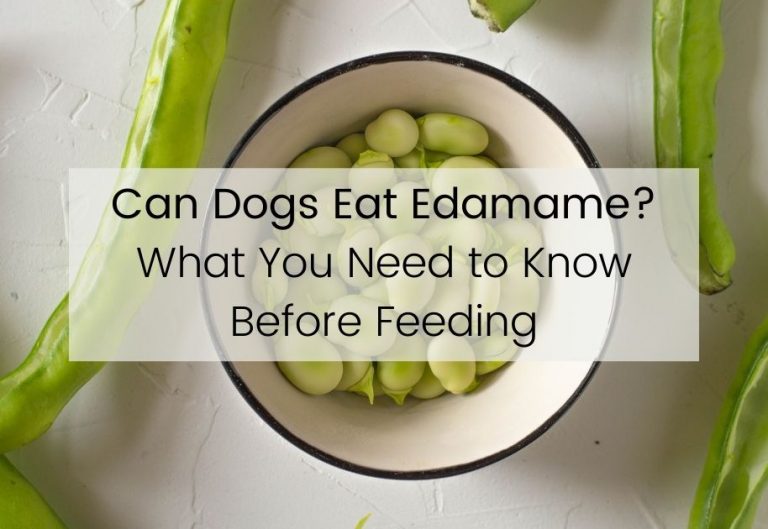Can Dogs Eat Seaweed?
Seaweed is typically found in a dried and packaged form and has been a big part of Asian cuisine for many years.
Because people are always trying to find ways to improve their dog’s health, some people have taken to asking if seaweed is good for our canine companions the way it is for us.
The answer is yes, dogs can eat seaweed and it is pretty good for them.
But let’s take a dive into which seaweed is safe and how much they should eat.
Is Seaweed Healthy For Dogs?
Seaweed is packed with nutritious components such as omega-3 fatty acids, iron, magnesium and iodine.
Not only that but seaweed is rich in fucoxanthin, which helps to break down fatty tissue, a particularly helpful snack for overweight and obese dogs.
It is known that seaweed helps to increase stamina and energy, aid with digestion and improve the condition of skin, hair and teeth.
It doesn’t stop there, seaweed also has a reputation of increasing the resistance to allergies and also lowers cholesterol.
Just like any kind of human food, seaweed should be given in moderation.
Is Seaweed Safe For Dogs To Eat?
Yes, packaged seaweed is safe for dogs to eat.
Seaweed is composed of sea vegetables and algae.
It has high concentrations of minerals, especially iron and iodine.
A small amount of edible seaweed is good for your dog’s health.
However, wild seaweed that can be found washed up on beaches should not be given to your dog and you should prevent them from eating it if you come across any.
Here are the types of seaweed that are safe for dogs to eat
Nori
A popular sushi wrap. Can sometimes contain trace amounts of arsenic and cadmium.
Kombu
The most commonly used edible kelp. Usually dried or pickled in vinegar.
Kelp
General class of large brown sea algae that can be found in about 30 different varieties. Including kombu.
Remember - seaweed that has been seasoned with salt or garlic should not be given to your dog.
How Can You Add Seaweed To Your Dog’s Diet?
You can add seaweed easily to your dog’s diet by cutting or tearing it into small pieces and sprinkling it onto your dog’s food.
Remember that your dog doesn’t need much of this nutritious treat added to their food in order to benefit from it.
Just like adding any kind of new food to your dog’s daily regimen, it is best to consult first with your veterinarian.
During the introductory phase of feeding your dog seaweed, always keep an eye on their stool in case it causes them a minor stomach upset.
What To Do If Your Dog Eats Wild Seaweed?
Wild seaweed can pose a dangerous risk to your dog, whether it is dried up or still hydrated on the beach.
There are two concerns when it comes to dogs eating wild seaweed.
These are harmful bacteria and chemicals that could be picked up from the ocean pollutants and dried wild seaweed will expand when it’s in your dog’s gut, potentially causing a blockage or if lucky, only diarrhea.
It is a good idea to keep your dog on a leash when they are on a beach with wild seaweed, especially if your dog has a taste for it.
Can Dogs Have Seaweed?
Dogs can certainly partake in a crispy, seaweed snack.
It can be given semi-regularly in small pieces on their food or simply given as an occasional treat.
Just be careful when you’re on the beach, seaweed that has washed up from the ocean can contain harmful pollutants or debris and your dog should not be allowed to eat it.
Overall, prepackaged and unseasoned seaweed is a healthy and nutritious snack for your dog to have.

![Can Dogs Eat Cornstarch? [Health Benefits & Side Effects]](https://doghealthknowhow.com/wp-content/uploads/2022/02/Can-Dogs-Eat-Cornstarch-768x529.jpg)



